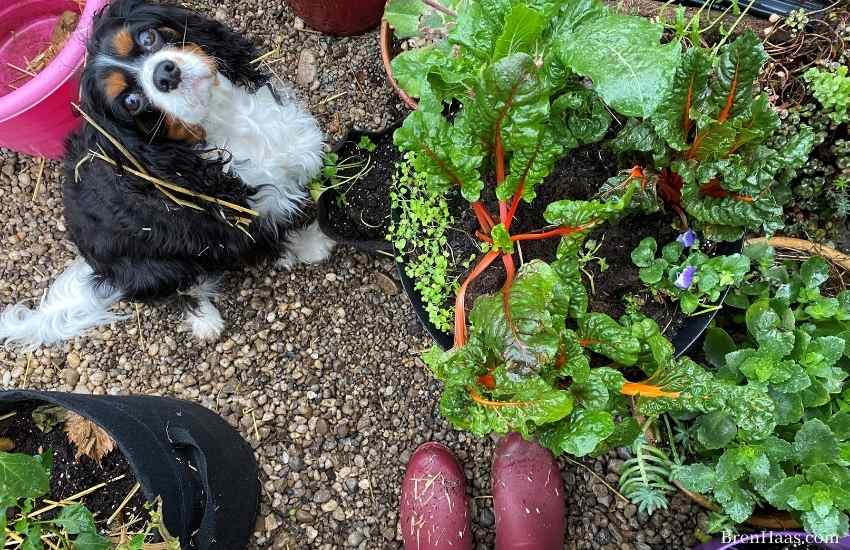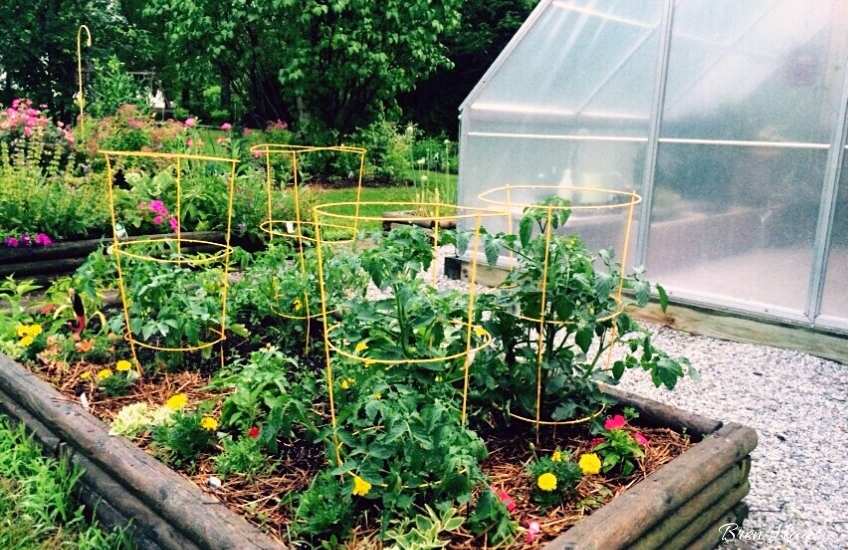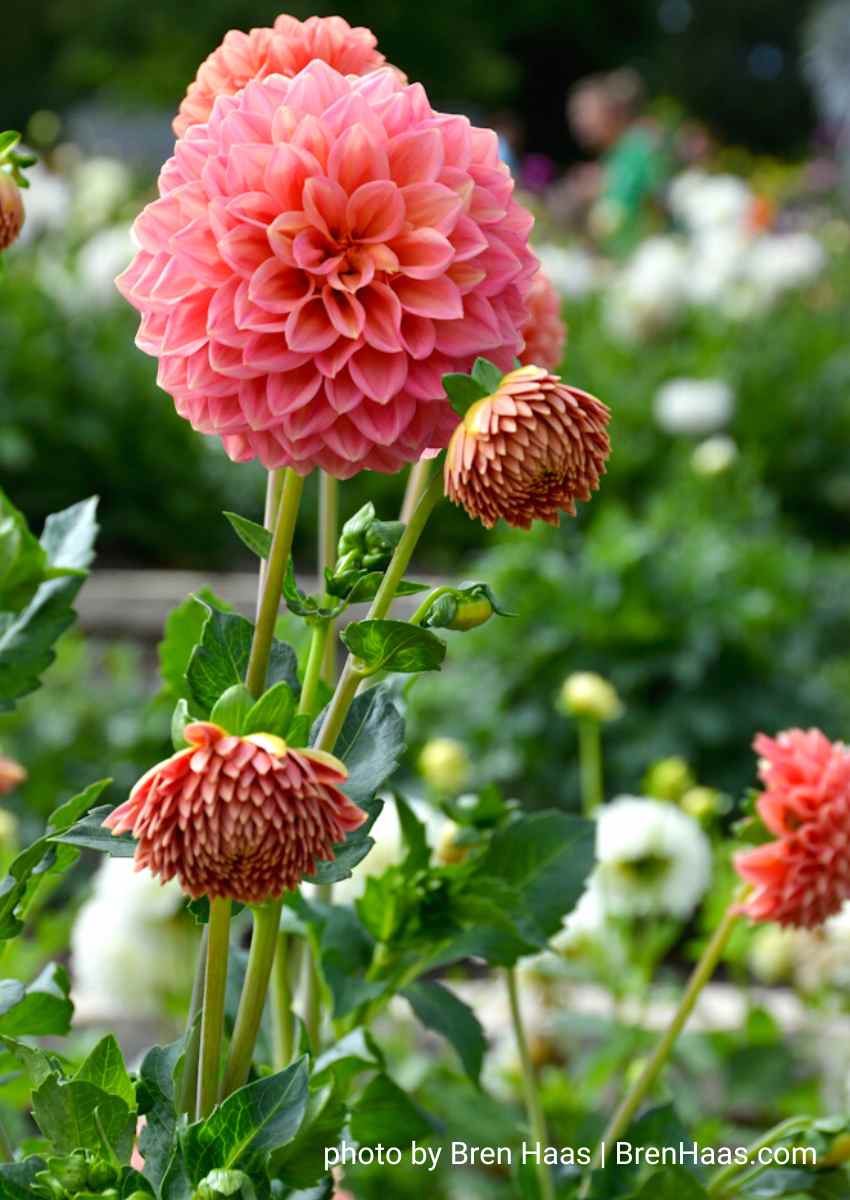In this post I share my Tutsan (Hypericum Androsaemum) in a personal review. You’ll find video and images in this post sharing my personal experience with the plant.
Tutsan Hypericum Androsaemum In My Landscape
I’ll be honest, at first I really didn’t know what this plant was the 2nd year in my landscape. I had lost the tag and thought it would be fun to reach out on social media to find clues. Totally shocked that I didn’t take a photo of the tag when I bought it on clearance last year. It must be some where in the archive. Either way, I can honestly say I didn’t think the plant would make it and kind of didn’t care because I bought it so cheap.
Find this and other creative living videos on my Bren Haas YouTube Channel.
More About the Tutsan Plant
I love that bloom image above I may end up printing it to hang in my home. WOWZA!
After doing research today I am really leaning toward the idea of this variety being a hybrid. There were a few post that had the Tutsan labelled in with weeds. Mine is NOT spreading and does great in mostly sun area where it is dry. Could this be the ‘Pumpkin’ Hypericum calycinum variety. We will see as the plant grows. Below are a few of the other names I found online to ID the tutsan plant. There is one thing for sure, I will most likely be sticking with ‘st. john wort’ or just tutsan when IDing in future shares.
- Hypericum calycinum ‘pumpkin’
- Creeping St. John’s Wort
- Aaron’s Beard
- Red Star Hypericum x inodorum ‘Kolmarest’
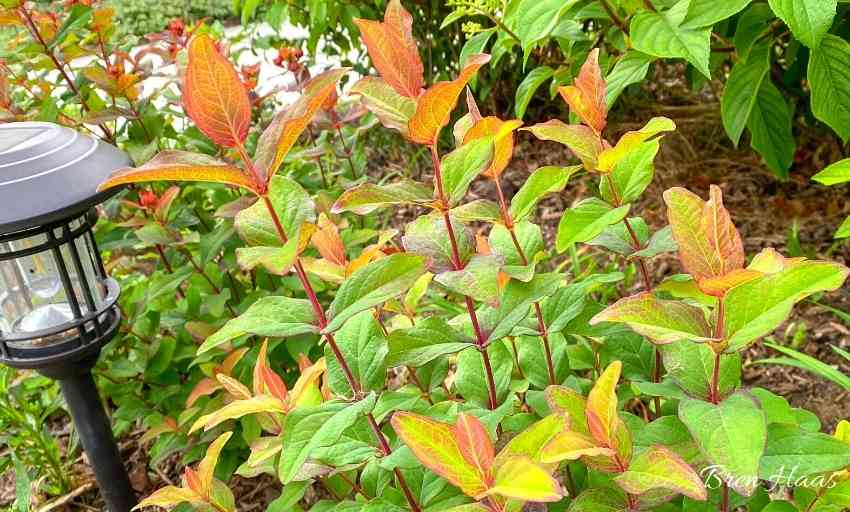
A few useful links I found about the tutsan hypericum androsaemum are listed below.
- https://landscapeplants.oregonstate.edu/plants/hypericum-androsaemum
- http://www.missouribotanicalgarden.org/PlantFinder/PlantFinderDetails.aspx?taxonid=268033&isprofile=1&gen=Hypericum
These links were found on the State Extension Sites. Be sure to check out your local extension for the latest research on plants.
Let’s Connect
Thank you for stopping by my site today. I appreciate that you took the time to take a peak at my content. It would be amazing if you add me to your follow list on social media. ALSO be sure to reach out to me and tell me what you think about the Tutsan and other plants mention on this site. Happy Gardening,
More Landscape Ideas
If you enjoy this post you may want to check out these other landscape ideas on my website.

Conifer Trees To Consider 2025
It’s that time of year again… tree sale at the water and soil conservation district. In this post I am going to show you the

Super Blue Lavender and Firewitch Dianthus
Introducing Two of My Favorite Perennials for Home Gardens: Pictures and Videos Inside! After two years and eight seasons of documentation, I’m thrilled to finally share some stunning images and video of two of my favorite perennials. These plants have earned a top spot on my list for home garden landscapes not only for their vibrant colors but also for their ease of growth.
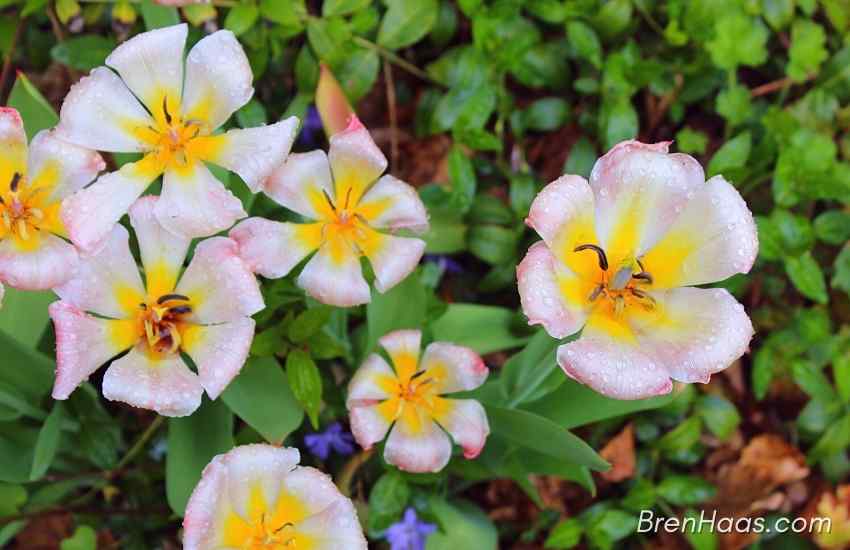
Blooming Now In My Home Garden
In this post I am sharing a short video featuring what caught my eye today in my home garden. What is Blooming Now in my home garden for April 26,2023. See images, plant details and video below.
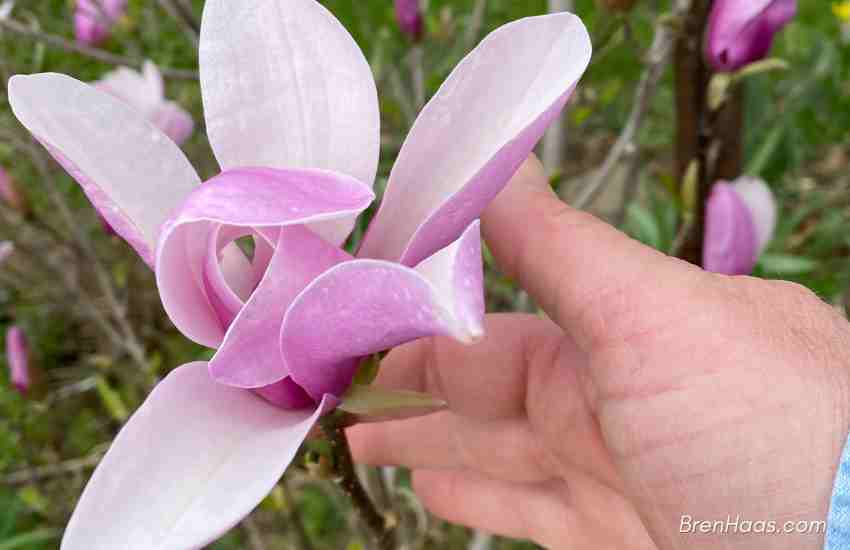
Jane Magnolia in My Home Garden
In this post you will find my Jane Magnolia growing in my Ohio Home Garden. Check out the images and video features here with my personal view of the shrub. You will love the Ask & Share video submit on my website below.
Subscribe to My Email List!


